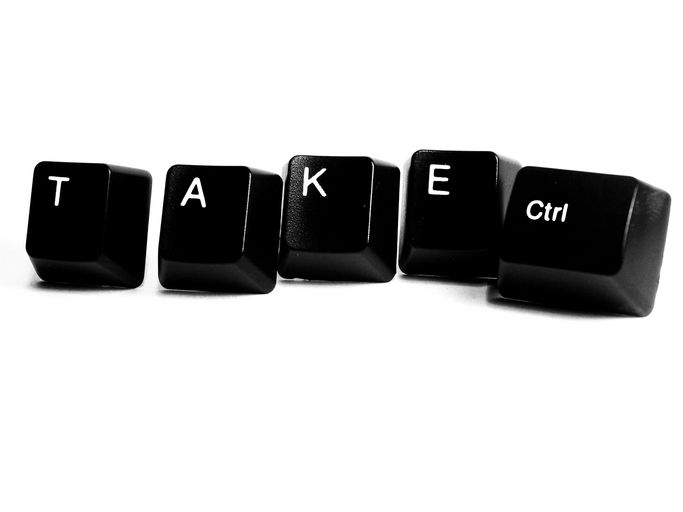
So often we hear this, but so often, too, we see individuals who can talk the talk but fail to walk the walk. That is why speaking to a senior leader who embodies this dictum was a pleasure. Even more so, he runs a company based on this mantra. He is Joe Hart, CEO of the Dale Carnegie company, one of the world’s leading training and development firms and based upon the work of the man who became one of the world’s leading authors in what would be known as the self-help movement.
Hart, along with co-author Michael Crom (a grandson of Carnegie), explores the ideas of taking control of yourself and your destiny through thought, application and practice in their new book, “Take Command: Find Your Inner Strength, Build Enduring Relationships, and Live the Life You Want.”
Course correction
Hart began his career in law and made steady progress but felt something was missing. A Dale Carnegie course changed his life. “It changed the way I saw myself, and it changed the way I saw the people. … Dale Carnegie’s principles, I think, are about respecting and appreciating and valuing and listening to other people, which I started to do a lot more,” Hart told me in an interview.
Interacting with self
There are three key elements to “Take Command.” The first is “Take Command of Your Thoughts and Emotions.” “The first step is to pay attention to our thoughts, to notice the things that we think and to notice the things that we feel,” says Hart. From there, it is essential to define those feelings and why you have them, which brings self-awareness. “The second step is really about action. This is taking command. It’s about being intentional.” For some, that might entail flipping the thought from negative to positive to seek clarity and possibility.
Courage is essential to taking command, and as Hart says, it comes from building a sense of self-confidence. He tells a story about a young woman in a Dale Carnegie class who was petrified about presenting in front of an audience. By the end of the course, she was not only proficient in public speaking, she was looking forward to the next challenge.
How to interact with others
The second key element is “Take Command of Your Relationships.” “The most successful people,” says Hart, “are really good at interacting with other people. Taking command of our relationships simply means I’m going to be intentional about how I interact with people,” he says. Command, as Hart explained, is not the same as control. You do not seek power over others; only seek that discipline for yourself.
Essential to intention is ownership, especially when you make a mistake that causes harm to others. Doing so erodes trust; building it back up requires acknowledgment and ownership of the problem. That begins with a sincere apology and follows up with positive changes.
Creating your future
Third is “Take Command of Your Future.” Knowing your value and what you stand for is essential. So, too, is the desire to make an impact. That impact can be global, as Hart cites the story of Daniela Fernandez, who started a global movement as a 19-year-old student at Georgetown University that resulted in the creation of the Sustainable Ocean Alliance. Or it can be more personal — being your best with your colleagues to enable the team and yourself to achieve intended goals.
Hart believes strongly in what he writes and said that he would consider the book to be a failure if people read it but did not act on it. “I would encourage people to create space so that they can have a routine. Whether the routine is around implementing the book or implementing the improvements that they want in their lives,” he said. Reflection on what you have done and what you want to do enables focus on what is important now.
Changing yourself is a challenging task. It takes commitment, effort and practice. It also takes courage to look inside and see areas to improve. Understanding your own abilities and strengths may help you take that first step in energizing — or re-energizing — your commitment to personal change.
Note: Watch or listen to the full LinkedIn Live interview with Joe Hart.
John Baldoni is a member of 100 coaches and a leadership keynote presenter. He has been recognized as a top 20 leadership expert by Global Gurus, a list he has been on since 2007. He is also ranked as a Global 100 Leader and Top 50 Leadership Expert by Inc.com. John is the author of 15 books. His leadership resource website is www.johnbaldoni.com
Opinions expressed by SmartBrief contributors are their own.
_______________________________
Subscribe to SmartBrief’s FREE email newsletter on leadership. It’s among SmartBrief’s more than 250 industry-focused newsletters.
